Instruction
How to eliminate the double cross: Vertical plane, gear effect and impact location
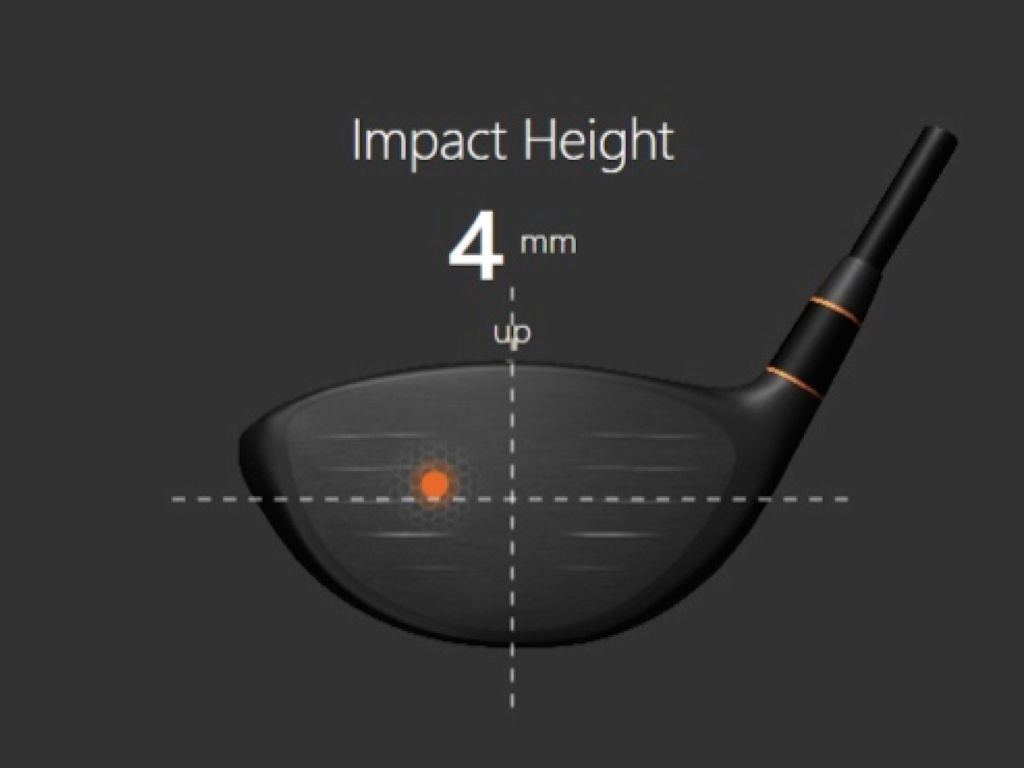
One of the biggest issues teachers see on the lesson tee is an out-to-in golf swing from a player who is trying to fade the ball, only to look up and see the deadly double cross! This gear effect assisted toe hook is one of the most frustrating things about trying to move the ball from left to right for the right-handed golfer. In this article, I want to show you what this looks like with Trackman and give you a few ways in which you can eliminate this from your game.
Below is the address position of a golfer I teach here in Punta Mita; his handicap ranges between scratch and 2, depending on how much he’s playing, but his miss is a double cross when he’s struggling.
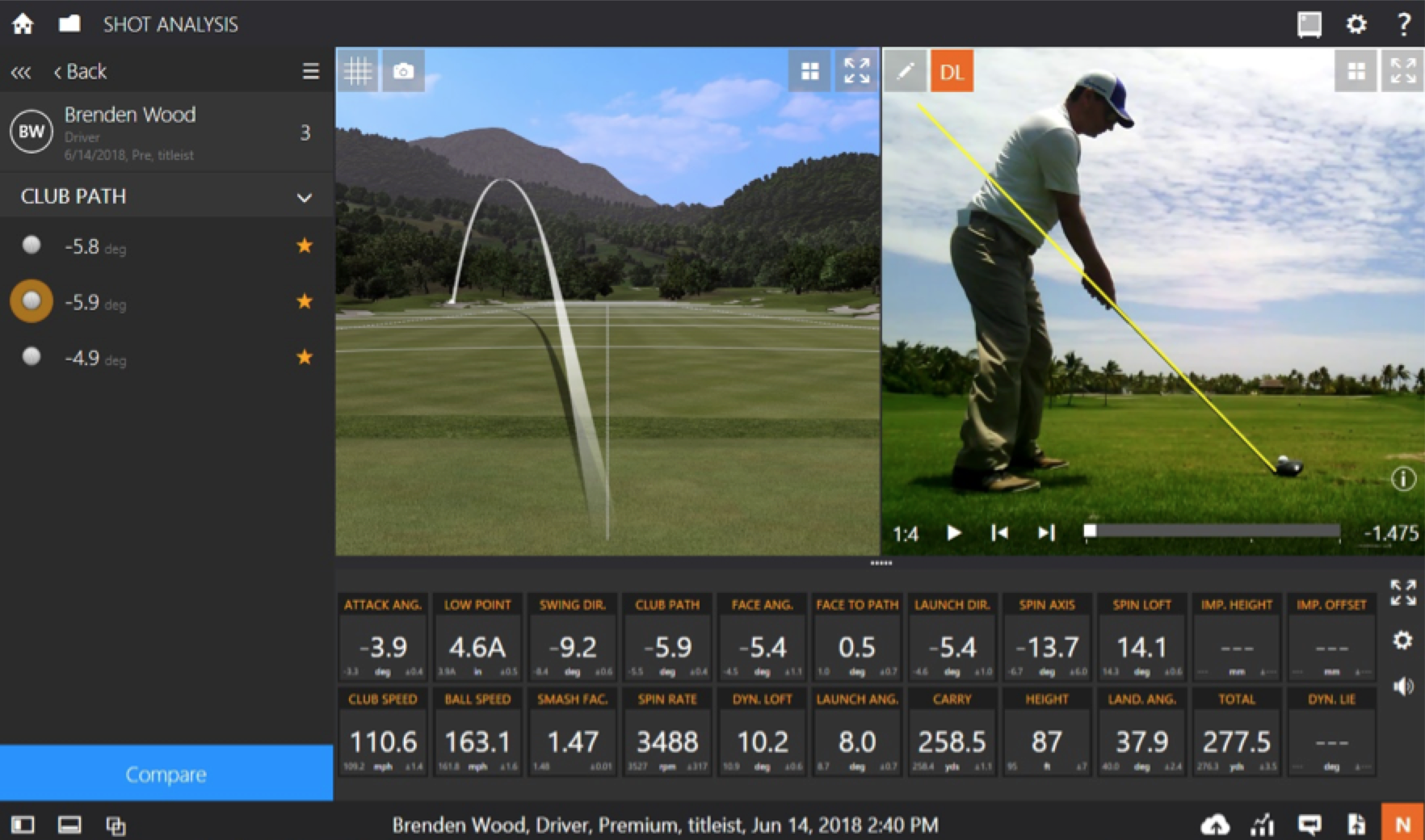
Now let’s examine his impact position:
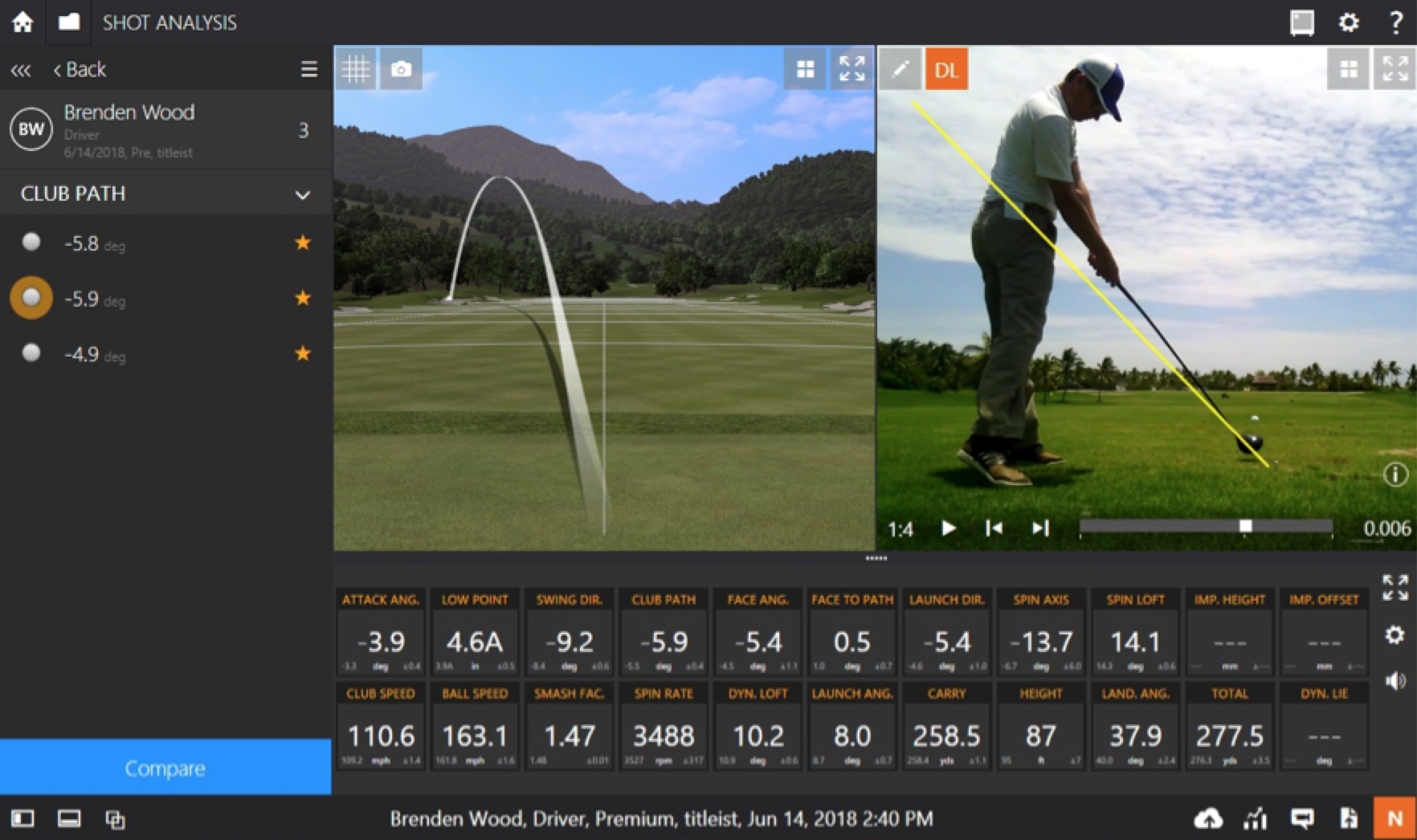
Observations
- You see a pull-hooking ball flight
- The hands are significantly higher at impact than they were at address
- If you look at the clubhead closely you can see it is wide open post impact due to a toe hit (which we’ll see more of in a second)
- The face to path is 0.5 which means with a perfectly centered hit, this ball would have moved very slightly from the left to the right
- However, we see a shot that has a very high negative spin axis -13.7 showing a shot that is moving right to left
Now let’s look at impact location via Trackman:
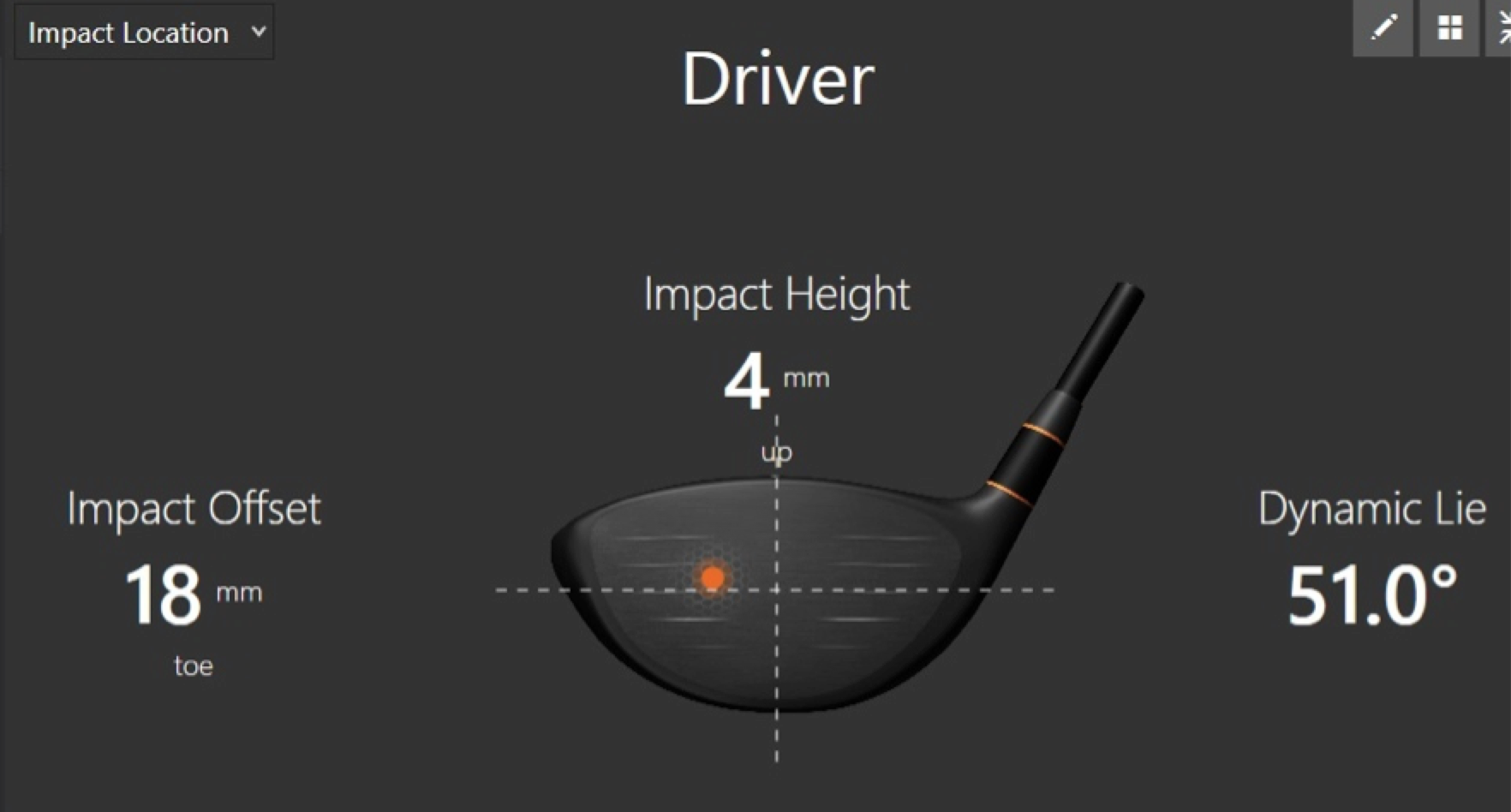
As we can see here, the impact of the shot above was obviously on the toe and this is the reason why the double-cross occurred. Now the question remains is “why did he hit the ball off of the toe?”
This is what I see from people who swing a touch too much from out-to-in and try to hit fades: a standing up of the body and a lifting of the hands raising the Vertical Swing Plane and Dynamic Lie of the club at impact. From address, let’s assume his lie angle was 45 degrees (for simplicity) and now at impact you can see his Dynamic Lie is 51 degrees. Simply put, he’s standing up the shaft during impact…when this happens you will tend to pull the heel off the ground at impact and this exposes the toe of the club, hence the toe hits and the gear effect toe hook.
Now that we know the problem, what’s the solution? In my opinion it’s a three stage process:
- Don’t swing as much from out-to-in so you won’t stand up as much during impact
- A better swing plane will help you to remain in your posture and lower the hands a touch more through impact
- Move the weights in your driver to promote a slight fade bias
Obviously the key here is to make better swings, but remember to use technology to your advantage and understand why these type of things happen!
- LIKE16
- LEGIT0
- WOW1
- LOL4
- IDHT2
- FLOP1
- OB2
- SHANK29
Instruction
The Wedge Guy: The easiest-to-learn golf basic

My golf learning began with this simple fact – if you don’t have a fundamentally sound hold on the golf club, it is practically impossible for your body to execute a fundamentally sound golf swing. I’m still a big believer that the golf swing is much easier to execute if you begin with the proper hold on the club.
As you might imagine, I come into contact with hundreds of golfers of all skill levels. And it is very rare to see a good player with a bad hold on the golf club. There are some exceptions, for sure, but they are very few and very far between, and they typically have beat so many balls with their poor grip that they’ve found a way to work around it.
The reality of biophysics is that the body moves only in certain ways – and the particulars of the way you hold the golf club can totally prevent a sound swing motion that allows the club to release properly through the impact zone. The wonderful thing is that anyone can learn how to put a fundamentally sound hold on the golf club, and you can practice it anywhere your hands are not otherwise engaged, like watching TV or just sitting and relaxing.
Whether you prefer an overlap, interlock or full-finger (not baseball!) grip on the club, the same fundamentals apply. Here are the major grip faults I see most often, in the order of the frequency:
Mis-aligned hands
By this I mean that the palms of the two hands are not parallel to each other. Too many golfers have a weak left hand and strong right, or vice versa. The easiest way to learn how to hold the club with your palms aligned properly is to grip a plain wooden ruler or yardstick. It forces the hands to align properly and shows you how that feels. If you grip and re-grip a yardstick several times, then grip a club, you’ll see that the learning curve is almost immediate.
The position of the grip in the upper/left hand
I also observe many golfers who have the butt of the grip too far into the heel pad of the upper hand (the left hand for right-handed players). It’s amazing how much easier it is to release the club through the ball if even 1/4-1/2″ of the butt is beyond the left heel pad. Try this yourself to see what I mean. Swing the club freely with just your left hand and notice the difference in its release from when you hold it at the end of the grip, versus gripping down even a half inch.
To help you really understand how this works, go to the range and hit shots with your five-iron gripped down a full inch to make the club the same length as your seven-iron. You will probably see an amazing shot shape difference, and likely not see as much distance loss as you would expect.
Too much lower (right) hand on the club
It seems like almost all golfers of 8-10 handicap or higher have the club too far into the palm of the lower hand, because that feels “good” if you are trying to control the path of the clubhead to the ball. But the golf swing is not an effort to hit at the ball – it is a swing of the club. The proper hold on the club has the grip underneath the pad at the base of the fingers. This will likely feel “weak” to you — like you cannot control the club like that. EXACTLY. You should not be trying to control the club with your lower/master hand.
Gripping too tightly
Nearly all golfers hold the club too tightly, which tenses up the forearms and prevents a proper release of the club through impact. In order for the club to move back and through properly, you must feel that the club is controlled by the last three fingers of the upper hand, and the middle two fingers of the lower hand. If you engage your thumbs and forefingers in “holding” the club, the result will almost always be a grip that is too tight. Try this for yourself. Hold the club in your upper hand only, and squeeze firmly with just the last three fingers, with the forefinger and thumb off the club entirely. You have good control, but your forearms are not tense. Then begin to squeeze down with your thumb and forefinger and observe the tensing of the entire forearm. This is the way we are made, so the key to preventing tenseness in the arms is to hold the club very lightly with the “pinchers” — the thumbs and forefingers.
So, those are what I believe are the four fundamentals of a good grip. Anyone can learn them in their home or office very quickly. There is no easier way to improve your ball striking consistency and add distance than giving more attention to the way you hold the golf club.
More from the Wedge Guy
- The Wedge Guy: Golf mastery begins with your wedge game
- The Wedge Guy: Why golf is 20 times harder than brain surgery
- The Wedge Guy: Musings on the golf ball rollback
- LIKE83
- LEGIT13
- WOW5
- LOL1
- IDHT0
- FLOP4
- OB1
- SHANK8
Instruction
Clement: Stop ripping off your swing with this drill!

Not the dreaded headcover under the armpit drill! As if your body is defective and can’t function by itself! Have you seen how incredible the human machine is with all the incredible feats of agility all kinds of athletes are accomplishing? You think your body is so defective (the good Lord is laughing his head off at you) that it needs a headcover tucked under the armpit so you can swing like T-Rex?
- LIKE0
- LEGIT2
- WOW2
- LOL0
- IDHT0
- FLOP0
- OB0
- SHANK2
Instruction
How a towel can fix your golf swing

This is a classic drill that has been used for decades. However, the world of marketed training aids has grown so much during that time that this simple practice has been virtually forgotten. Because why teach people how to play golf using everyday items when you can create and sell a product that reinforces the same thing? Nevertheless, I am here to give you helpful advice without running to the nearest Edwin Watts or adding something to your Amazon cart.
For the “scoring clubs,” having a solid connection between the arms and body during the swing, especially through impact, is paramount to creating long-lasting consistency. And keeping that connection throughout the swing helps rotate the shoulders more to generate more power to help you hit it farther. So, how does this drill work, and what will your game benefit from it? Well, let’s get into it.
Setup
You can use this for basic chip shots up to complete swings. I use this with every club in my bag, up to a 9 or 8-iron. It’s natural to create incrementally more separation between the arms and body as you progress up the set. So doing this with a high iron or a wood is not recommended.
While you set up to hit a ball, simply tuck the towel underneath both armpits. The length of the towel will determine how tight it will be across your chest but don’t make it so loose that it gets in the way of your vision. After both sides are tucked, make some focused swings, keeping both arms firmly connected to the body during the backswing and follow through. (Note: It’s normal to lose connection on your lead arm during your finishing pose.) When you’re ready, put a ball in the way of those swings and get to work.

Get a Better Shoulder Turn
Many of us struggle to have proper shoulder rotation in our golf swing, especially during long layoffs. Making a swing that is all arms and no shoulders is a surefire way to have less control with wedges and less distance with full swings. Notice how I can get in a similar-looking position in both 60° wedge photos. However, one is weak and uncontrollable, while the other is strong and connected. One allows me to use my larger muscles to create my swing, and one doesn’t. The follow-through is another critical point where having a good connection, as well as solid shoulder rotation, is a must. This drill is great for those who tend to have a “chicken wing” form in their lead arm, which happens when it becomes separated from the body through impact.
In full swings, getting your shoulders to rotate in your golf swing is a great way to reinforce proper weight distribution. If your swing is all arms, it’s much harder to get your weight to naturally shift to the inside part of your trail foot in the backswing. Sure, you could make the mistake of “sliding” to get weight on your back foot, but that doesn’t fix the issue. You must turn into your trial leg to generate power. Additionally, look at the difference in separation between my hands and my head in the 8-iron examples. The green picture has more separation and has my hands lower. This will help me lessen my angle of attack and make it easier to hit the inside part of the golf ball, rather than the over-the-top move that the other picture produces.


Stay Better Connected in the Backswing
When you don’t keep everything in your upper body working as one, getting to a good spot at the top of your swing is very hard to do. It would take impeccable timing along with great hand-eye coordination to hit quality shots with any sort of regularity if the arms are working separately from the body.
Notice in the red pictures of both my 60-degree wedge and 8-iron how high my hands are and the fact you can clearly see my shoulder through the gap in my arms. That has happened because the right arm, just above my elbow, has become totally disconnected from my body. That separation causes me to lift my hands as well as lose some of the extension in my left arm. This has been corrected in the green pictures by using this drill to reinforce that connection. It will also make you focus on keeping the lead arm close to your body as well. Because the moment either one loses that relationship, the towel falls.


Conclusion
I have been diligent this year in finding a few drills that target some of the issues that plague my golf game; either by simply forgetting fundamental things or by coming to terms with the faults that have bitten me my whole career. I have found that having a few drills to fall back on to reinforce certain feelings helps me find my game a little easier, and the “towel drill” is most definitely one of them.
- LIKE12
- LEGIT2
- WOW2
- LOL0
- IDHT0
- FLOP2
- OB0
- SHANK8
-

 19th Hole2 weeks ago
19th Hole2 weeks agoJohn Daly stuns fans into silence with brutal opening tee shot on PGA Tour Champions
-

 19th Hole1 week ago
19th Hole1 week agoThings got heated at the Houston Open between Tony Finau and Alejandro Tosti. Here’s why
-

 19th Hole5 days ago
19th Hole5 days agoReport: Tiger Woods has ‘eliminated sex’ in preparation for the 2024 Masters
-

 19th Hole3 weeks ago
19th Hole3 weeks ago2-time major champ announces shock retirement from the sport at age of 33
-

 19th Hole3 weeks ago
19th Hole3 weeks agoEdoardo Molinari reveals the latest PGA Tour golfer to turn down ‘good offer’ from LIV Golf
-

 19th Hole2 weeks ago
19th Hole2 weeks agoCharlie Woods finds it tough going on American Junior Golf Association debut
-

 19th Hole1 week ago
19th Hole1 week agoAddiction, spinal fusion, and scam artists – Everything Anthony Kim revealed in candid interview with David Feherty
-

 19th Hole4 days ago
19th Hole4 days agoAnthony Kim says doctors told him that he ‘may not have much time left’ ahead of LIV return











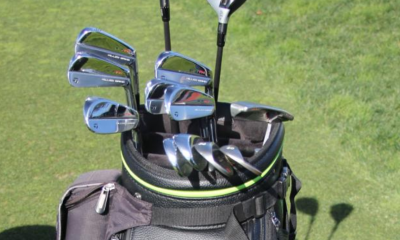

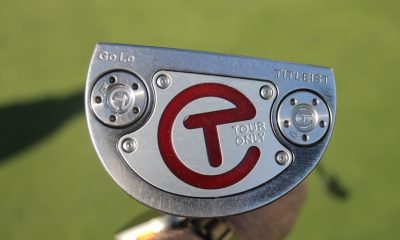

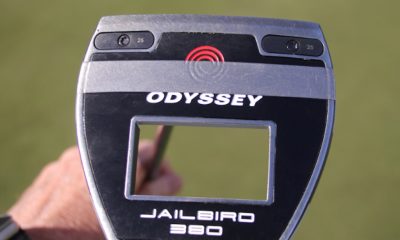

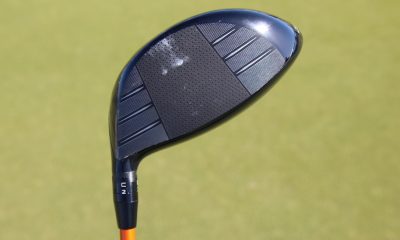

Bryan
Jun 19, 2018 at 9:00 pm
In general players stand up to compensate for an open club face. They lack control of the face. The movement up is to try and square the face. Love to see the shaft and wrist angles in transition. I’d guess the shaft is very vertical and wrist is cupped. Also guessing hand depth is lacking in transition.
ogo
Jun 19, 2018 at 11:02 am
There are 2 gear effects, a horizontal and a vertical gear effect on drivers with a bulge and roll face. Horizontal gear effect is optimal at the sweet spot and the vertical gear effect optimizes slightly above the geometric center of the face. As for Twist Face???
Eric
Jun 19, 2018 at 8:12 am
Didn’t he hit the toe, just because, you know, he hit the toe? He could make virtually the same swing but his hands are less than an inch in a different position and then hit the sweet spot. Why make such large changes to body movement to correct such slight an error in motion? Seems like a good way to clutter the mind and cause worse contact.
Man
Jun 19, 2018 at 1:56 am
In the two freeze frame videos of the man swinging, it just doesn’t look to me like he’s aimed far enough left with his feet or his hips, and so the plane doesn’t look correct, as he is really didn’t swing enough out-to-in with a slice move to try to fade the ball like Trevino or Nicklaus. He looks like he aimed square and swung down the line, straight on plane, may be slightly over the top if at all, to try to promote a out-to-in from high to low, but definitely not significantly out-to-in slice swing enough down his feet line to the left, even a la TW when he did that swoop with Foley.
This is a bad example of a poor swing executed, but an impact location executed well to demonstrate a properly a gear-effect hook from a square position. Why didn’t he take a giant slice swing like a flop shot or bunker shot with the driver, an extreme slice swing, and still hit that toe area to demonstrate that the extreme slice swing can also offset a toe hit and actually make the ball go mostly straight?
Shank to this one.
Josh
Jun 18, 2018 at 4:26 pm
Good explanation, but not much in the way of instructing anyone how to go about the first two stages of your three stage process. Stage 3 is kind of a no-brainer though anyone struggling with hooks has already pulled out the wrench if their driver allows it, but moving a weight on the bottom of the club isn’t going to stop gear effect if you still hit one out on the toe.
PM
Jun 18, 2018 at 5:14 pm
Moving the weight will shift the CG and will indeed help change/reduce gear effect.
ogo
Jun 18, 2018 at 6:05 pm
No, trying to remedy the problem at the clubhead is insignificant if the wrists rise and the clubhead droops for a toe hit. The problem is in the hands and arms, not the clubhead.
ogo
Jun 18, 2018 at 12:58 pm
This is good stuff! Why do rec golfers instinctively tend to straighten up as they approach impact? How can we overcome our instincts and stay down into the swing going into impact? Why do the hip and knee joints extend as the club comes down? Thanks.
Josh
Jun 18, 2018 at 4:28 pm
You should watch a few Wisdom in Golf videos by Shawn Clement. They are here on the site. Rec golfers stand up and extend early because they are too focused on *hitting the ball* when they should be focused on delivering the energy of a swing through the ball.
ogo
Jun 18, 2018 at 6:02 pm
Okay, but what is the physiological reason to instinctively ‘stand up’ when the clubhead is coming down to impact? “..focusing on delivering the energy of a swing through the ball” is the result of standing up. It’s not an answer to the problem.
Geohogan
Jun 19, 2018 at 7:34 am
Telling a golfer to stop standing up at impact is complete rubbish. The subconscious cannot , Not do something. Golf instructors need to learn how the body maintains balance, subconsciously.
Interpreting Trackman data to correct EE, is BS baffles brains.